![]()
|
Hackwood
& Co Hackwood, Dimmock &
Co.
|
Location and period of operation:
|
Hackwood & Co Hackwood, Dimmock & Co |
Hanley |
1807
|
November 1827 |
Earthenware and
Jasper ware manufacturers at Eastwood, Hanley,
Stoke-on-Trent, England
|
Subsequently: William Hackwood
Summary of the operations of the Hackwood family:
Operator
Works location
operation date
Hackwood & Co
(also known as Hackwood, Dimmock & Co)Eastwood, Hanley
1807-27
Eastwood, Hanley
1827-43
New Hall, Shelton
1842-49
New Hall, Shelton
1849-56
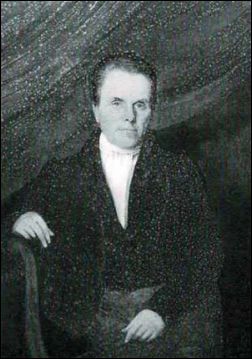
William Hackwood
"Potter of Hanley, 1774-1849"
courtesy: R. K. Henrywood
Staffordshire Potters 1781-1900|
NOTE: This is not the same William
Hackwood
who was a modeller at Josiah Wedgwood's Etruria works
The London Gazette
4th September 1829
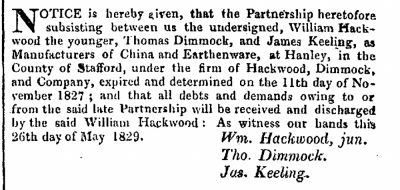
Notice of the dissolution of
the partnership
of Hackwood, Dimmock & Co
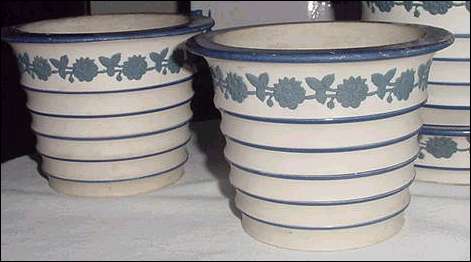 Jasper ware pots |
 Hackwood & Co |
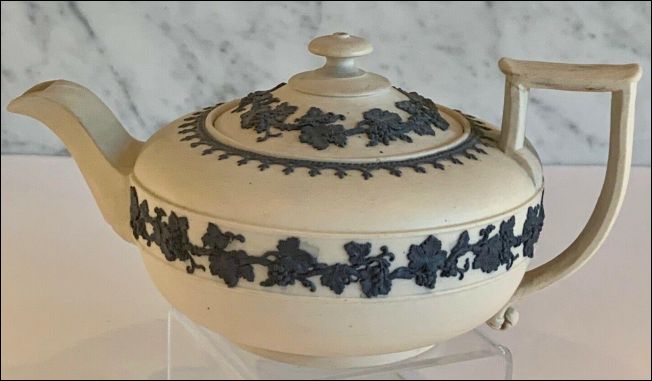 Jasper ware teapot with grape-vine relief |
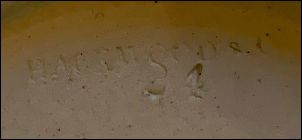 Hackwood & Co |
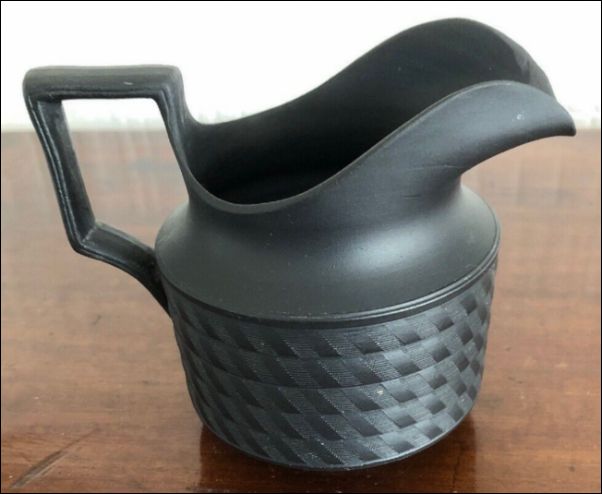 black basalt milk jug |
 Hackwood & Co |
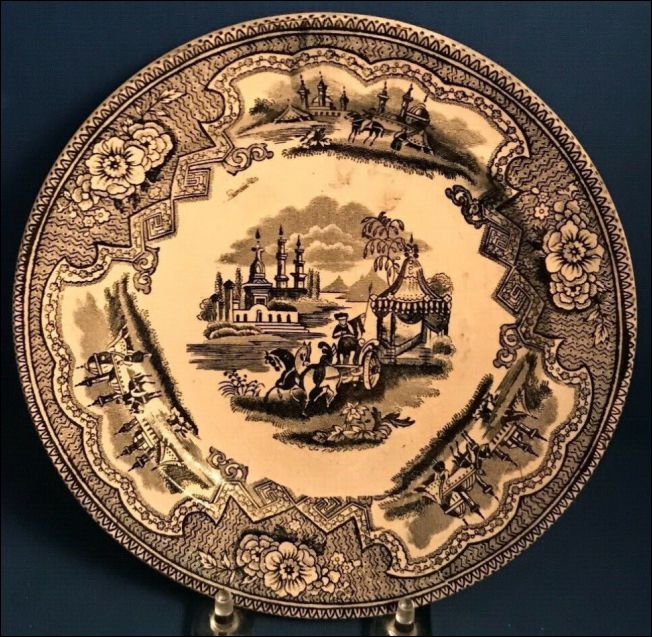 transfer ware plate in the Damascus pattern
|
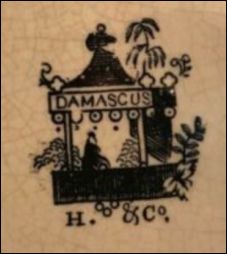 H & Co Damascus
|
Marks and initials used on ware for identification:
There does not appear to be any ware marked with Hackwood, Dimmock & Co
HACKWOOD & CO
H & CO
Questions, comments, contributions? email: Steve Birks